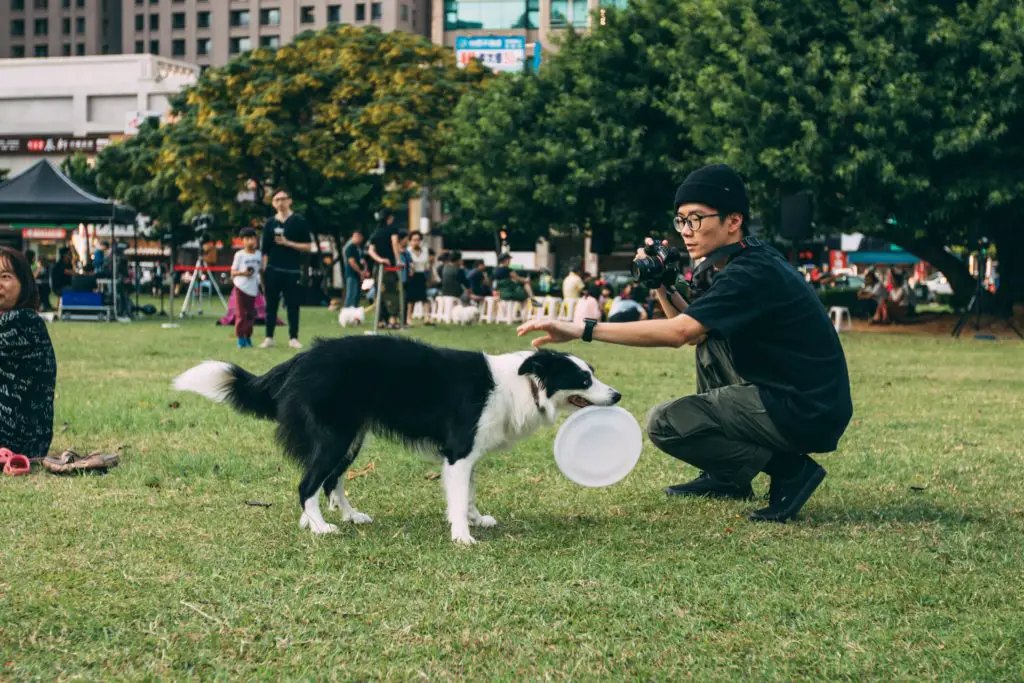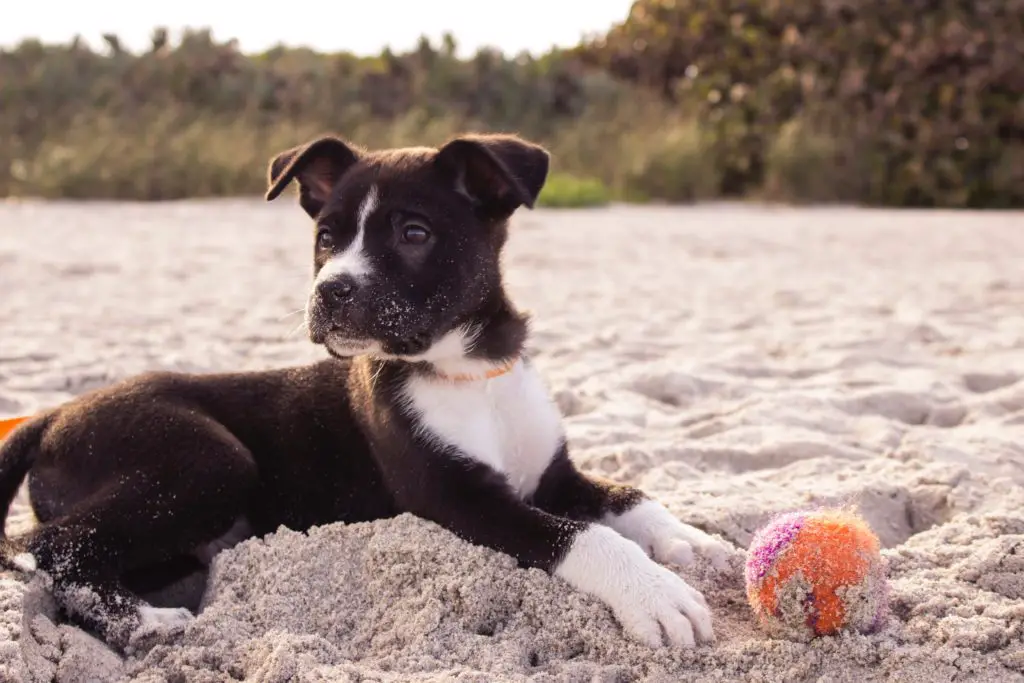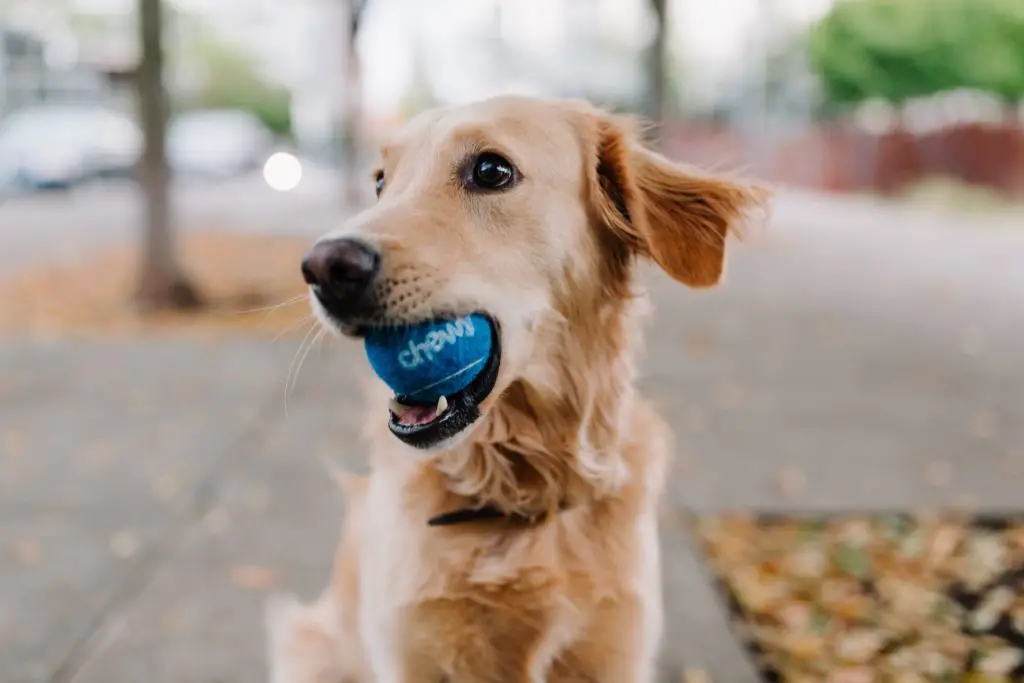Are you adding a new puppy or dog to your life? Training, socializing and proper care of your new dog will be the top priority. If you have expectations of a well-mannered and polite dog, then learning how to train a dog is important to you.
First-time dog owners can be quite overwhelmed with dog training, new puppies have an abundance of energy and so much to learn in their first year of life. When teaching your new dog any skill, remember to break it down into steps. Learn and grow with your new dog by taking one step at a time.
How to Train A Dog resource guide will get you started with training your new dog.
How to Obedience Train Your Dog
Obedience training is a wonderful opportunity to spend quality time with your dog while also communicating with them on how to become part of your life. This type of training is valuable as it allows you to take your new dog to more places.
How to Train Your Dog that is Older
You might have heard that it is not possible to teach an older dog new tricks. When in fact, dogs can learn at any age. Dogs of all ages can benefit from obedience classes. The advantage of learning how to train a dog that is an adult is the dog is less distracted and focuses better on learning the new skills.
Top 12 Tips for First Time Dog Owners
These twelve tips will set you up to prepare your home for welcoming a new dog. Many decisions are made when you first get a dog, including what to feed your dog and how to train a dog.
Related Articles:
Playing with your dog will enrich their life and hopefully yours as well. Healthy playtime is beneficial for your dog’s mental and physical well-being. It is also good to know the signs of when to stop play to keep this activity enjoyable for everyone.
Positive Reinforcement Training
This reward-based training is an efficient approach when you are first learning how to train a dog. Your dog will receive treats, praise, or playtime for certain behaviors. Dogs repeat behaviors quicker when reinforced with positive high-value rewards.
Related Articles:
- How to Crate Train a Dog
- How to Train Your Dog to Walk on a Leash
- How to Train Your Dog to be Social
House Training & Your New Dog
How to train a dog includes teaching your new puppy or dog where to eliminate. When housebreaking your puppy, they will need guidance and supervision during the day. Some dogs leak urine when they are over-excited. You can learn how to respond when your puppy pees from excitement.
5 Tips for Successful House Training
Exercise or movement often triggers the need for a dog to eliminate. It is good to be alert to the signs that your puppy needs to go outside and the best way to clean up after an accident in the house.
Related Articles:
- Ultimate Guide: How To Take Care Of A Senior Dog
- The Benefits of Owning a Dog
- Top 12 Tips for First Time Dog Owners
How to Stop Your Dog from Peeing When Excited
Excitement peeing is most often seen in young dogs 9-12 months of age. Learn what stimulates your dog to pee unexpectedly and what behaviors can be taught to stop excitement peeing.
Learn how to understand the reasoning behind using a crate for your dog. It is important to choose the right style and size crate for your dog. One part of how to train a dog is training them to enjoy going to their crate. Crates provide a safe and comforting location for your dog.
Related Articles:
Training a Dog on a Leash
Leash training is an important step in how to train a dog. When your puppy or new dog is confident walking on a leash, they will be ready to be part of your daily life. Dogs that walk nicely on a leash are focused on their owner and are calm in a variety of settings.
Dogs need to be fitted with an appropriate collar and allow you to put it on and off. It is also important for your do to be comfortable with attaching a leash. Choose the leash that is a good match for your training style and purposes.
Teaching your Dog to Walk Nicely on a Leash
Dogs that walk nicely on a leash will not be lunging or pulling you around the neighborhood. Walking nicely keeps the dog from getting in trouble and keeps you from getting injured. Your dog can enjoy daily walks without pulling on the leash.
Related Articles:
The Rules of How to Walk Your Dog. When dog owners follow basic dog walking etiquette both dogs and people benefit. When your dog walks nicely on a leash they will not be a threat to other dogs or people. One reasonability of dog owners is cleaning up their dog’s feces whether it’s in the neighborhood or at the park.
How to Train Your Dog to Run Next to Your Bicycle. Some dogs enjoy running while their owners ride a bike. The key is to take time to train your dog to safely join you on bike rides. Specialized equipment can make this activity even better for you and your canine.
One fun goal of dog owners is to earn the American Kennel Club Canine Good Citizen certification. It’s a program that evaluates dogs in a relaxed familiar situation that has been simulated for evaluation purposes.
Related Articles:

Socialization for Puppies and Dogs
The effort and time you put into puppy socialization will pay off with a confident dog that has fewer behavior problems. When learning how to train a dog include making a list of ways your dog can be exposed to a variety of people and animals.
A dog that is exposed to different sights and sounds before the age of one year will be adapt better to their surroundings. The benefits of early socialization include a less stressed and less anxious dog.
This checklist includes people, animals, handling, noises, textures, travel, and a variety of settings that include stairs and the veterinarian’s office.
Related Articles:
Training Method: Clicker Trainer
One form of positive reinforcement training is learning to use a clicker. A clicker is a little device that is easily held in your hand. When your dog exhibits the behavior you are looking for or would like to see repeated, you give it a click.
How to Clicker Train Your Dog Professional dog trainers like using clickers due to the speed at which the reinforcement can be delivered (a click). One benefit of using a clicker is it strengthens the dog-to-human bond due to clear communication between species.
You can learn how to train a dog with a clicker by following these five steps. Clickers can be used to train complex behaviors and simple behaviors like stay or keeping all feet on the floor.
Related Articles:
Dog Training Commands
By teaching our dogs basic commands we are giving them structure and instructions on how to live with us. The time and patience you invest in learning how to train a dog is worth every minute. When your dog learns the basic dog training commands it will make life easier and safe for your dog.
Top 5 Basic Dog Training Commands.
Training your dog establishes and strengthens the human-to-canine relationship. Basic skills that will serve you both well are sit, down, stay, come, and heel. All dog owners want polite and well-behaved dogs. Plan on spending time to train your dog and be quick to offer up lots of praise and high value treats during the learning process.
Related Articles:

Tricks to Teach Your Dog
Teaching our dogs tricks is not purely for fun. You are learning to shape and reward specific behaviors. Dogs can exercise their muscles and their brains while engaging with their owners. Tricks help a dog build stamina, increase their flexibility and increase their coordination.
12 Easy and Fun Dog Tricks. Dog tricks give owners and dogs an opportunity to focus on improving their communication with each other. Generally, both humans and dogs have fun while learning specific skills and engaging in physical activity.
Once your dog has learned the easier dog tricks, you can move on to how to train a dog to perform advanced tricks. Dogs like the challenge of learning how to cover their eyes with the paws on cue and learn to obey hand signals from their owner.
Related Articles:
Testing Your Dog
One of the last steps in how to train a dog is to put their new skills to a test. This process is also referred to as “proofing behaviors.”
Now that your dog knows basic commands and can walk nicely on a leash at home, practice those same skills outdoors. If they do well walking around your neighborhood, try taking them to a new park or go walking with a friend who has a dog.
Dogs can have a difficult time applying their newly taught skills to different locations. Test your dog with different levels of distractions and it will reinforce what they learned.
Related Articles:
A Review Of The Top Best Silent Dog Whistles
How to Train a Deaf Dog to Stop Barking
How to Train Your Dog with Positive Reinforcement
The Bottom Line on How To Train A Dog
Just like humans, dogs are always learning throughout their life. Your dog will respond well when you offer up praise for walking nicely on a leash or passing calmly by a big distraction. It is good to remember even older dogs can learn new tricks. Your dog will feel physically and mentally younger with activity and mental stimulation.
Enjoy a lifetime of bonding with your new puppy or dog.
Please read our Legal Disclaimer


